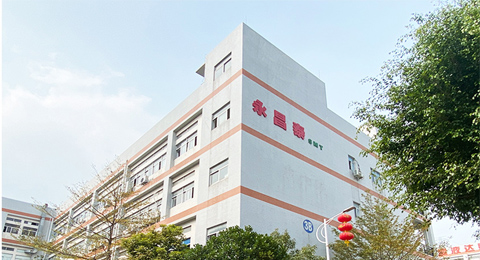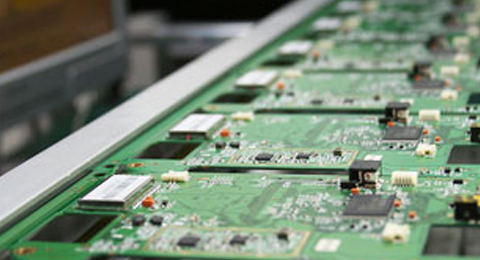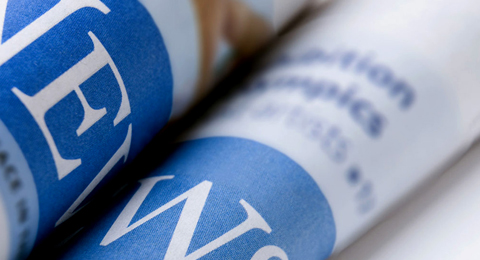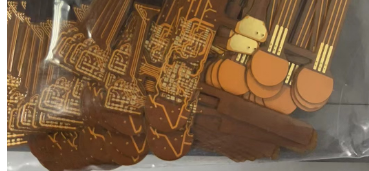In the process of PCBA foundry and material processing, tin penetration is very important. If the TIN penetration of PCBA plate is not good enough, it will face the risk of virtual welding, tin cracking and even dropping parts. Today we will introduce the influence of PCBA foundry tin penetration factors!
1. The material
High temperature molten tin is highly permeable, but not all welding metals (PCB boards and components) are permeable. Aluminum, for example, usually forms a dense protective layer on its surface, with a different internal molecular structure that makes it difficult for other molecules to penetrate. Second, if there is an oxide layer on the surface of the welding metal, it will also prevent the penetration of molecules. We usually wipe it with flux or gauze.
2, flux
Flux is also an important factor affecting the poor permeability of PCBA foundry tin. Flux in the welding process mainly plays a role in removing PCB and components surface oxides and prevent reoxidation. Improper selection, uneven coating and too little flux can lead to poor tin penetration. Can choose well-known brand flux, with high activation and penetration effect, can effectively remove difficult to remove oxides; Check flux nozzle. The damaged nozzle should be replaced in time to ensure that the PCB surface is coated with an appropriate amount of flux to give full play to the welding effect of flux.
3. Wave soldering
The defect of PCBA tin penetration is directly related to wave soldering process. The welding parameters with poor penetration, such as wave height, temperature, welding time or moving speed, were re-optimized. Firstly, the track Angle is appropriately reduced to increase the peak height to improve the contact between liquid tin and welding end. Then, the temperature of wave soldering is increased. Generally speaking, the higher the temperature, the stronger the permeability of TiN, but this should take into account the temperature tolerance of components; Finally, the speed of the conveyor belt can be reduced, and the preheating and welding time can be increased, so that the flux can fully remove oxides, infiltrate the welding end, and improve tin consumption.
4. Manual welding
In the actual plug-in welding quality inspection, there are quite a number of welding parts only after the surface solder is conical, but there is no tin penetration through the hole. In the functional test, it is confirmed that many of these parts are virtual welding, which is mostly in the manual plug-in welding, because the temperature of the soldering iron is inappropriate and the welding time is too short. Poor tin penetration of PCBA foundry materials is easy to lead to virtual welding problems, increasing the cost of repair. If the requirements for PCBA tin penetration are high and the welding quality is strict, selective wave soldering can be used to effectively reduce the problem of poor TIN penetration of PCBA.










